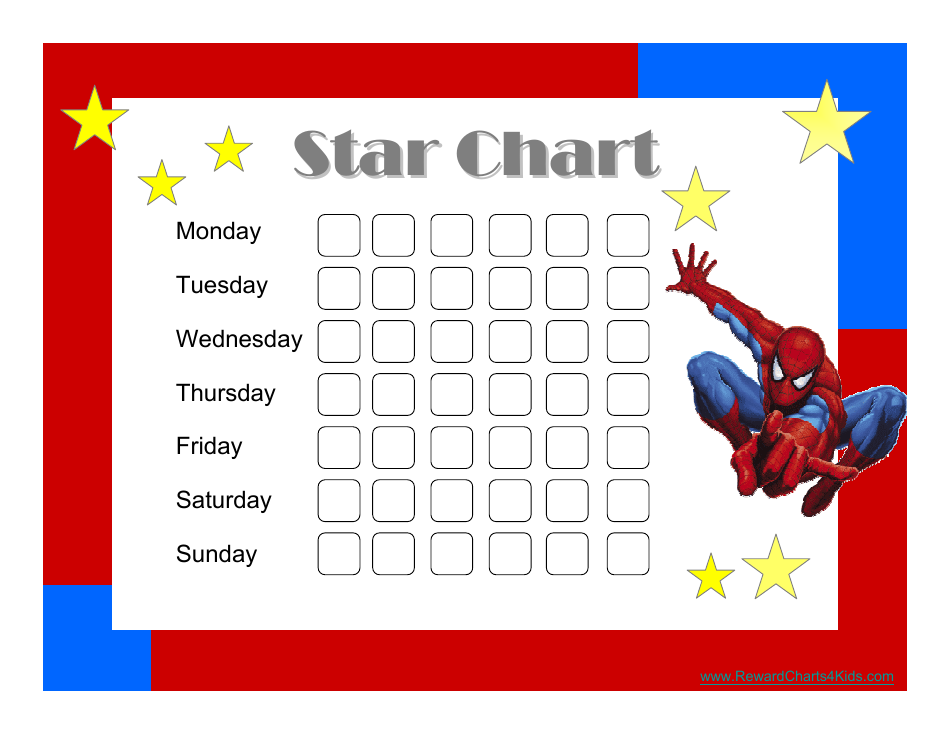Rewarding children has been proven beneficial to their learning process, especially when coupled with positive reinforcement. In order to amplify this psychological tool and make it more efficient, a star reward chart has been devised. An effective star reward chart consists of a simple, three-tiered reward system whereby a certain number of stars are to be earned by a child in order to receive a reward.
This system is meant to be organized into a manageable chart in order to better track the stars earned as well as reward received. These star reward charts can range from a standard table format, to a picture frame with additional loaded features. They even come in fun and interactive styles, such as superhero themed versions.
Stars differ in value, with each star representing a certain number of activities. These activities may vary depending on the whether it is a morning/daytime activities, such as preparing morning bed, tidying up rooms, completing limited homework and packing school bags, or bedtime activities such as brushing teeth, wearing pyjamas, reading a book and going to bed.
In order to motivate children to be on board for these activities, stars may be rewarded for completing each activity with a certain number of stars representing a reward; for instance, 12 stars representing a visit to the swimming pool. Rewards should be proportionate to the effort and development needs of the child.
Additional features, such as family goals and sticker charts, may also be included. These charts help to keep the family informed on current progress and goals. Tokens, such as stickers that a child can receive and place in their reward chart as they complete a task, help to visualize the progress being made.
Having a physical reminder of the tasks achild has successfully completed helps to reinforce the idea of good behavior. Regular visits and review of the reward chart helps to show the child what they have achieved and that their hard work and dedication is leading to tangible results.
A weekly reward chart helps children keep track of their tasks more efficiently. Since these charts typically have a limited number of stars and rewards, this helps a child become more conscious of the tasks they have to do during a certain week, as well as when and how each of these tasks should be completed.
The summer and school






